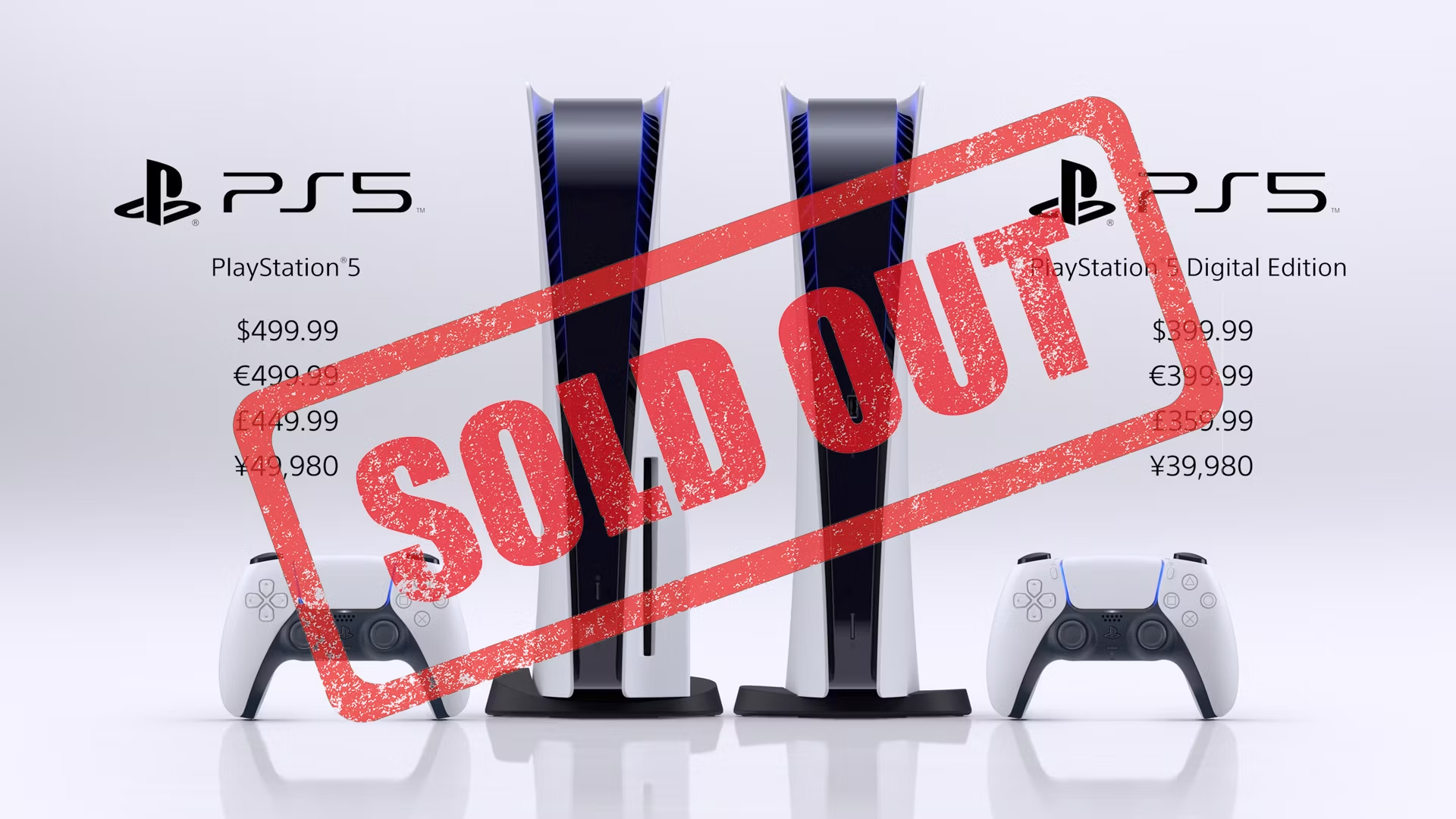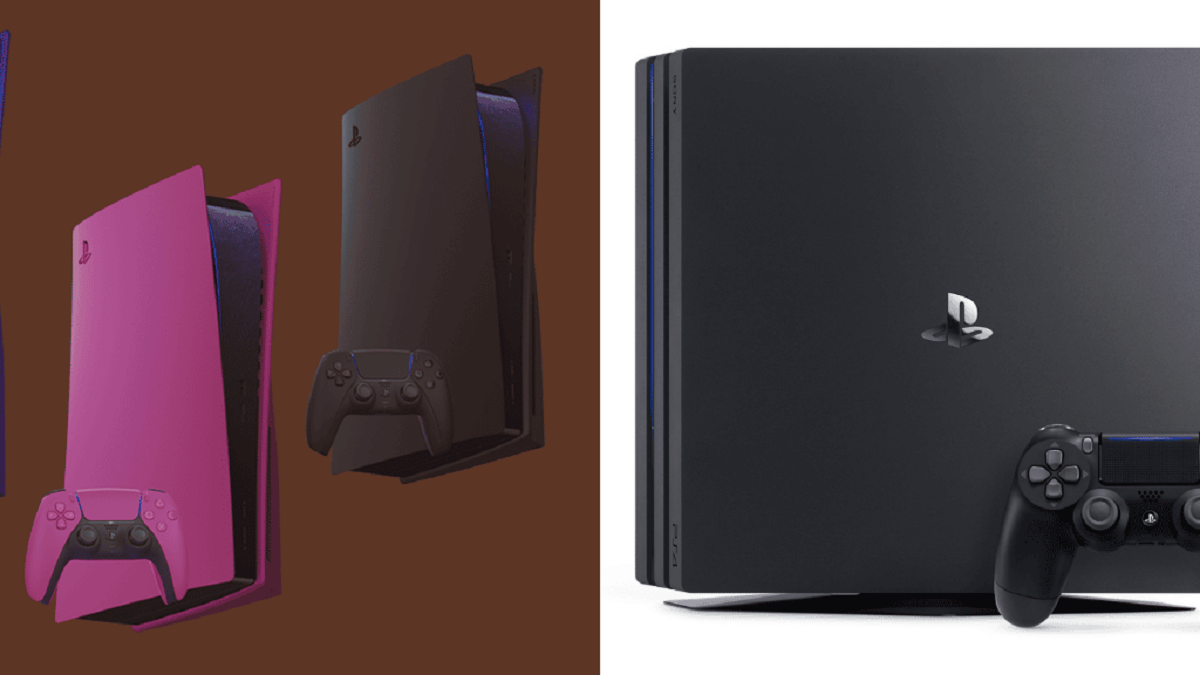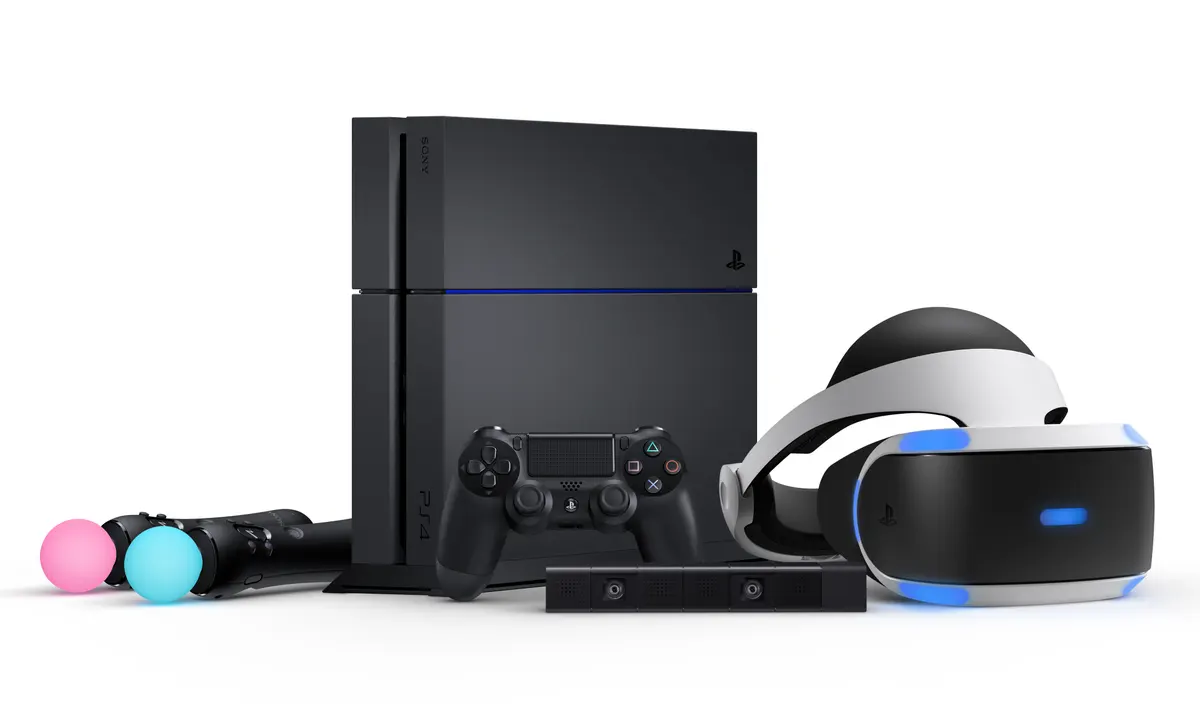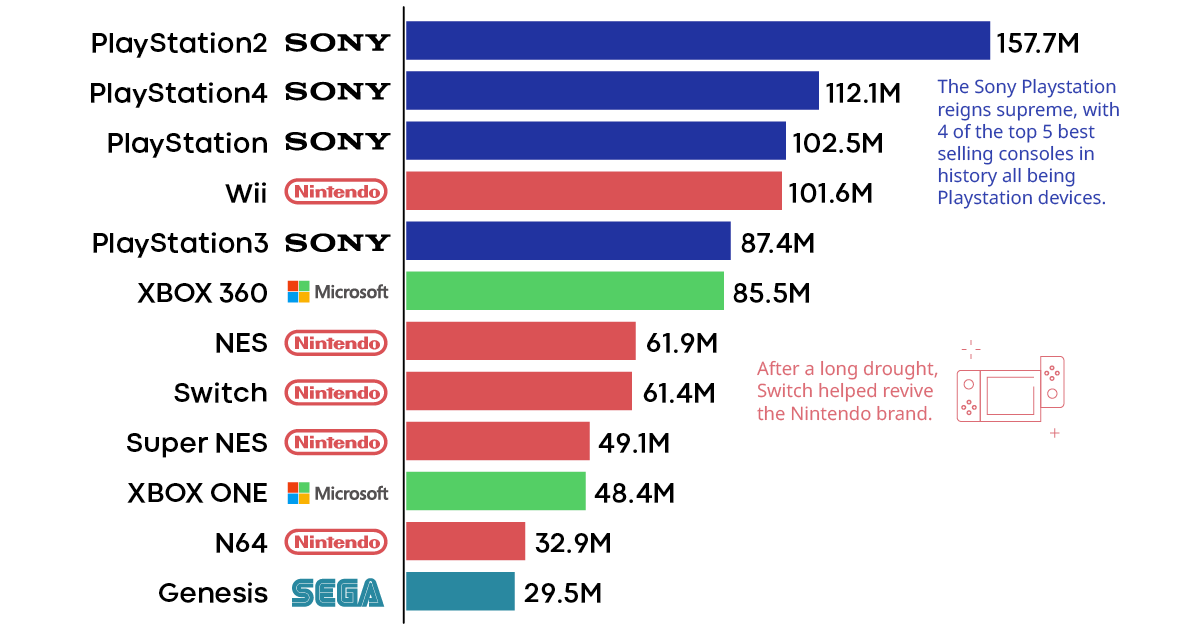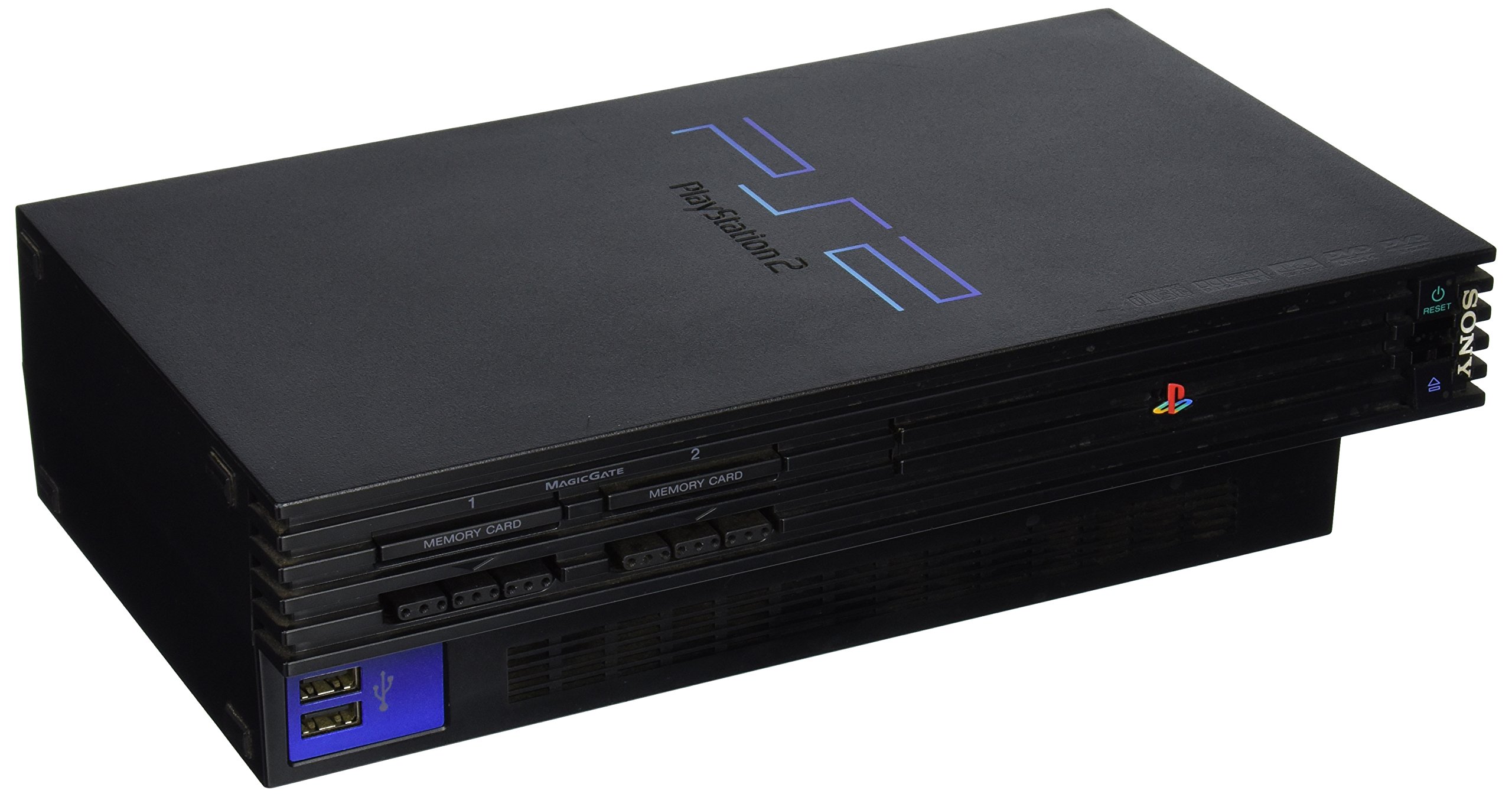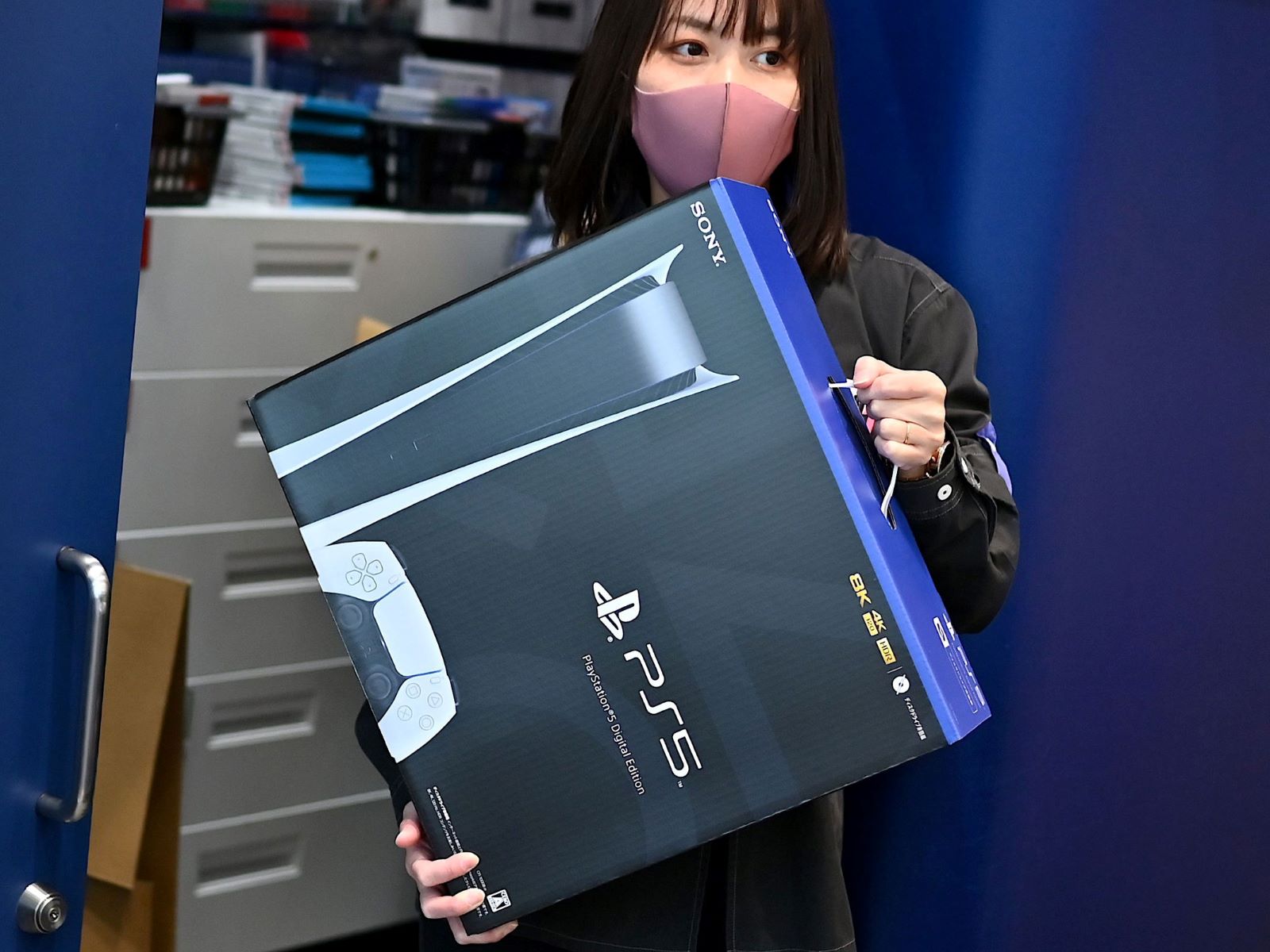Introduction
The release of the highly-anticipated PlayStation 5 (PS5) has sparked immense excitement among gaming enthusiasts. However, securing a PS5 console has proved to be an arduous task for many eager gamers. Despite months since its launch, the PlayStation 5 continues to be sold out, leaving fans frustrated and wondering why this scarcity persists.
The PS5, Sony’s next-gen console, offers groundbreaking features like faster load times, immersive graphics, and a revolutionary DualSense controller. With such impressive capabilities, it’s no wonder that gamers are clamoring to get their hands on this cutting-edge gaming console.
So, why is the PlayStation 5 still sold out? Several factors contribute to this ongoing scarcity, including high demand, production challenges, scalping and reselling, limited stock allocation, and the impact of the COVID-19 pandemic.
In this article, we will explore each of these factors in detail to gain a better understanding of why the PlayStation 5 remains elusive for many gamers. By delving into these reasons, we hope to shed light on the challenges facing both Sony and eager consumers in acquiring the coveted PS5.
High Demand
One of the primary reasons behind the prolonged scarcity of the PlayStation 5 is the incredibly high demand for the console. From the moment it was announced, gamers eagerly anticipated the release of the PS5, leading to a surge in pre-orders and online sales.
The buzz surrounding the PS5 was fueled by several factors. First, the previous iteration, the PlayStation 4, was immensely popular and beloved by gamers worldwide. Naturally, fans were eager to experience the next generation of gaming offered by the PS5.
Additionally, the COVID-19 pandemic played a role in increasing the demand for gaming consoles. With people spending more time at home due to lockdowns and social distancing measures, video games provided a much-needed source of entertainment and escape. As a result, many individuals turned to gaming, leading to a spike in demand for consoles like the PS5.
The high demand for the PS5 was further amplified by the limited stock availability, which created an aura of exclusivity around the console. The fear of missing out (FOMO) drove more individuals to try and secure a PS5, contributing to the surge in demand.
Despite Sony’s efforts to meet the high demand, the production and distribution of the PS5 simply cannot keep up with the overwhelming number of interested gamers. This has resulted in frequent stock shortages and the frustration of consumers who have been unable to purchase the console.
Overall, the unprecedented demand for the PlayStation 5, driven by factors such as its popularity as a successor to the PlayStation 4 and the increased interest in gaming during the COVID-19 pandemic, has contributed significantly to its continued scarcity.
Production Challenges
Another major factor contributing to the ongoing scarcity of the PlayStation 5 are the production challenges faced by Sony. The manufacturing process for a complex electronic device like the PS5 involves various components and intricate assembly processes, which can be subject to delays and obstacles.
One of the primary production challenges is the global shortage of semiconductors. Semiconductors are a crucial component used in the construction of the PS5 and many other electronic devices. However, the demand for semiconductors has outpaced the supply, leading to a shortage that has affected various industries, including gaming consoles. This shortage has significantly impacted Sony’s ability to produce an adequate number of PS5 units to meet the overwhelming demand.
Furthermore, the COVID-19 pandemic has disrupted global supply chains and manufacturing operations. Lockdown measures, travel restrictions, and social distancing protocols have impacted the workforce and caused delays in production and distribution. Additionally, health and safety precautions have been implemented, which have resulted in reduced manufacturing capacity and slowed down the overall production process.
In addition to these external challenges, the complexity of the PS5’s design and cutting-edge features have also posed obstacles during production. The console’s advanced hardware, including the custom-designed processor and graphics chip, require intricate assembly and rigorous quality control. Ensuring that each unit meets the high standards set by Sony adds to the time and effort required for manufacturing, further impacting the production rate.
To address these production challenges, Sony has been working closely with its suppliers to secure the necessary components and increase production capacity. However, overcoming these obstacles takes time, and the effects of the production challenges continue to be felt, leading to the ongoing scarcity of the PlayStation 5.
Scalping and Reselling
Scalping, the practice of purchasing products in bulk with the intention of reselling them at a higher price, has become a major issue plaguing the availability of the PlayStation 5. Scalpers use various techniques, such as employing bots to quickly snatch up available stock and then resell it at exorbitant prices on third-party platforms.
This practice has not only frustrated genuine consumers but has also artificially inflated the prices of the PS5. Instead of being able to purchase the console at its retail price, many individuals are forced to pay significantly higher amounts to secure one.
Scalpers have taken advantage of the high demand and limited stock allocation to maximize their profits. They employ various tactics to circumvent purchase limits imposed by retailers and create scarcity to drive up prices. This unethical behavior has made it extremely challenging for genuine gamers to obtain a PS5 at a reasonable price.
Reselling has become a lucrative business for scalpers, with some even forming organized groups to coordinate their purchasing efforts. These groups use sophisticated software and strategies to gain an unfair advantage over regular consumers, exacerbating the scarcity of the PS5 in the market.
While the practice of scalping and reselling is difficult to eradicate completely, steps have been taken to combat it. Retailers have implemented measures like CAPTCHA codes and queue systems to minimize bot activity and prevent scalpers from mass-purchasing consoles. Additionally, authorities are cracking down on individuals and groups engaged in illegal scalping and reselling activities, imposing fines and penalties to deter such behavior.
Despite these efforts, scalping and reselling continue to be major contributors to the ongoing scarcity of the PlayStation 5. Genuine consumers are left frustrated and disappointed as they struggle to find a console at a fair price, while scalpers profit from their unethical practices.
Limited Stock Allocation
The limited stock allocation is another significant factor contributing to the ongoing scarcity of the PlayStation 5. When a highly anticipated product like the PS5 is released, retailers receive a limited number of units from the manufacturer. This limited supply is often unable to meet the overwhelming demand from eager consumers.
Manufacturers like Sony need to carefully manage the allocation of their products to various retailers to ensure fair distribution and availability across different markets. However, this process can be challenging, especially when facing global demand for a popular product like the PS5.
Moreover, retailers often employ different strategies for releasing their allocated stock. Some opt for pre-orders, allowing customers to reserve a console before the official release date. Others choose a first-come, first-served system, relying on physical or online queues on the day of release. Regardless of the strategy, the limited stock allocation makes it difficult for consumers to secure a PS5 without facing technical glitches or long waiting times.
The limited stock allocation also leads to a sense of exclusivity around the PlayStation 5. When a product is scarce and in high demand, it generates a perception that it is more valuable and desirable. This perception further fuels the demand and intensifies the competition among consumers trying to obtain a console.
While Sony has been working to increase production and improve allocation, the overwhelming demand and the complex logistics involved continue to restrict the availability of the PS5. Consumers are left frustrated as they struggle to find a console, often resorting to constantly monitoring online retailers and signing up for stock notifications in the hopes of securing one.
Additionally, issues such as regional disparities in stock allocation and logistical challenges in distributing the consoles to different markets further contribute to the limited availability of the PS5. These factors, combined with the high demand, create a situation where the PlayStation 5 remains a sought-after, yet elusive, gaming console for many.
COVID-19 Impact
The ongoing COVID-19 pandemic has had a significant impact on the availability of the PlayStation 5. The global crisis has disrupted various industries and supply chains, including the gaming industry, causing delays and challenges in production and distribution.
Lockdown measures and restrictions implemented to curb the spread of the virus have affected manufacturing plants, leading to reduced workforce and production capacity. Social distancing protocols and health and safety precautions have slowed down the assembly lines, resulting in lower output and delays in manufacturing the PS5.
Furthermore, the pandemic has disrupted global logistics and transportation networks. Restrictions on international travel and border closures have made it difficult to move the consoles from manufacturing facilities to distribution centers and ultimately to retailers worldwide. This has created bottlenecks in the supply chain, further impacting the availability of the PS5.
The COVID-19 pandemic has also affected the consumer behavior and priorities. With the economic uncertainties and job insecurities caused by the crisis, some individuals may be hesitant to invest in a high-priced gaming console. This shift in consumer spending patterns may have slightly reduced the demand for the PS5 in some regions.
Additionally, the pandemic has fueled an increased interest in gaming as a form of entertainment and social connection, with people looking for ways to stay engaged and connected while practicing social distancing. This has led to a surge in demand for gaming consoles, including the PlayStation 5, as more individuals turn to gaming as a form of escapism and recreation during periods of lockdown and quarantine.
Sony and other gaming companies have had to adapt their marketing and promotional strategies during the pandemic. Virtual events and online showcases have replaced traditional in-person product launches, allowing companies to reach a wider audience while adhering to social distancing guidelines. Despite these efforts, the impact of the COVID-19 pandemic continues to be felt, causing ongoing challenges in the availability of the PlayStation 5.
Conclusion
The PlayStation 5’s continued scarcity can be attributed to a combination of factors. The high demand for the console, driven by its popularity as a successor to the PlayStation 4 and the increased interest in gaming during the COVID-19 pandemic, has created immense pressure on Sony to meet consumer expectations. Production challenges, including the global shortage of semiconductors and the disruptions caused by the pandemic, have further hindered Sony’s ability to produce and distribute enough PS5 units to meet the overwhelming demand. Additionally, the unethical practices of scalping and reselling have caused frustration and inflated prices for genuine consumers. The limited stock allocation and logistical challenges in distribution have compounded the scarcity, making it difficult for eager gamers to secure a PS5. Despite these challenges, Sony continues to work towards increasing production and allocation to address the demand. As the gaming industry continues to evolve and adapt, it is hoped that the availability of the PlayStation 5 will improve, allowing more gamers to enjoy the next-generation gaming experience it offers. Until then, consumers will need to stay patient and persistent in their quest to own this highly sought-after gaming console.







